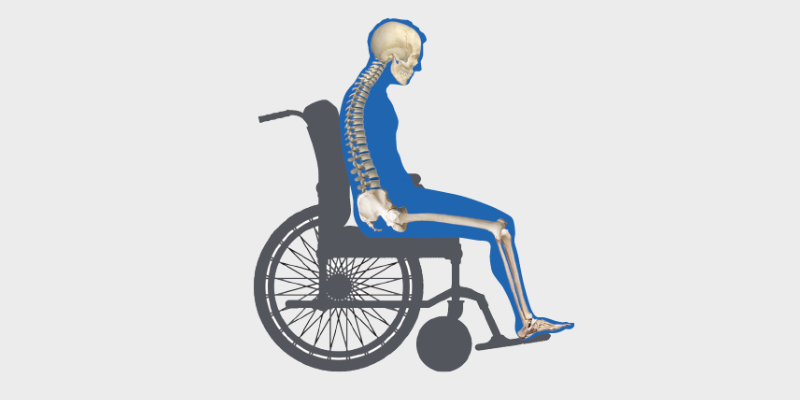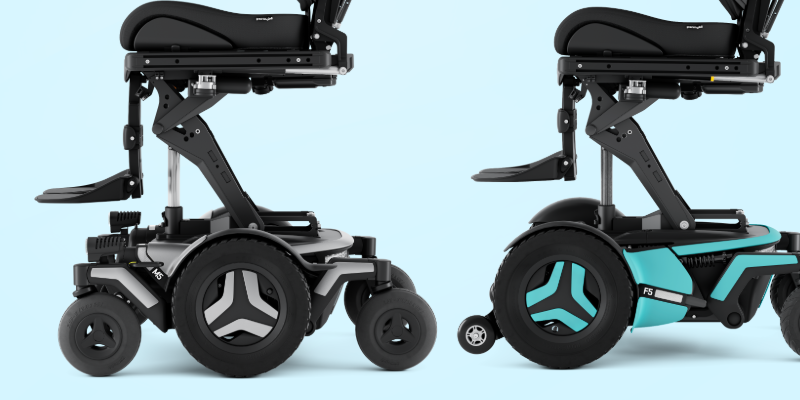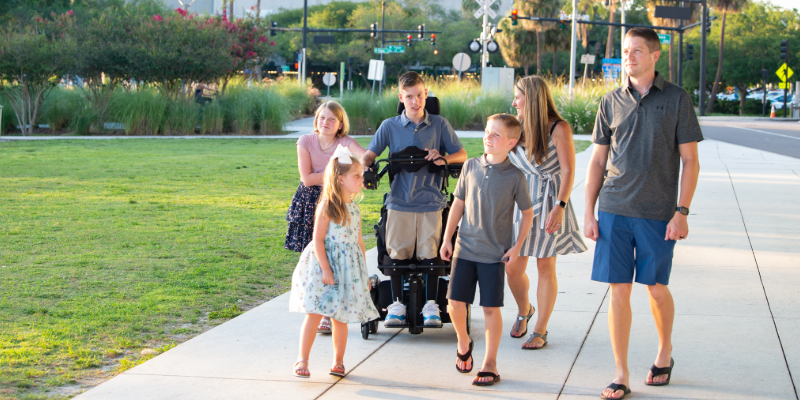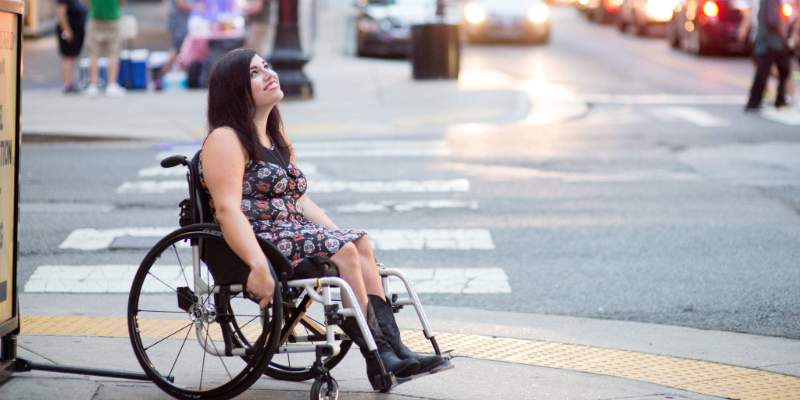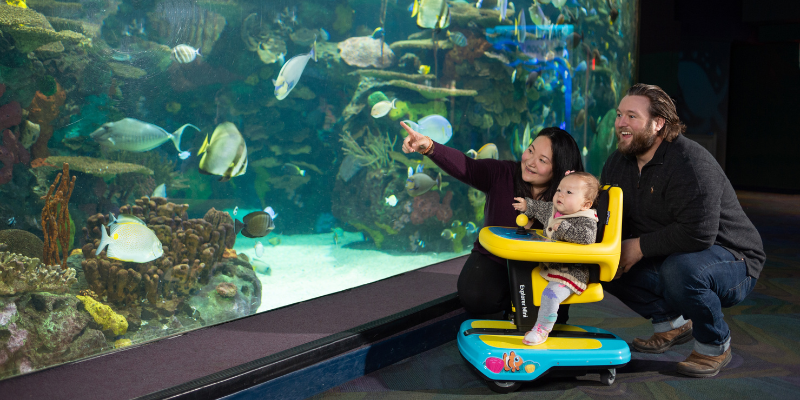I have most certainly worked with a number of users who slide forward into posterior pelvic tilt. It is a posture which we commonly see when prescribing...
Read MoreWelcome back to our blogs for 2025. I hope our readers that managed a holiday are feeling well rested and ready for another exciting year. We have been...
Read MoreAs a therapist, it can feel overwhelming to work out what the best cushion for pressure care may be. It is also important that we try to not to have a...
Read MoreI had the privilege to speak at the Oceanic Seating Symposium in Melbourne this time last year, exploring the inequalities of assistive technology funding...
Read MoreSupport surfaces vary significantly, as do the materials used. Foam, gel and air cushions have significant variability in their function – even between...
Read MoreDo you often default to prescribing a Mid Wheel Drive (MWD) Power Wheelchair (PWC) as it has the smallest turning circle and is often perceived as the...
Read MoreEnabling community access with a Power wheelchair may sound simple, but there are many factors which combine to determine whether it is ultimately...
Read MoreCustom and configured, are terms often used to differentiate types of wheelchairs. Sometimes this terminology is interchanged however there are important...
Read MoreThe 1st of June marked the ‘Global Day of Parents’ as recognised by the United Nations. It is a day to appreciate the critical role parents have for...
Read MorePower wheelchairs (PWCs) come in many shapes and sizes, from small foldable devices to standing devices. If you are newer to prescribing complex PWCs,...
Read More